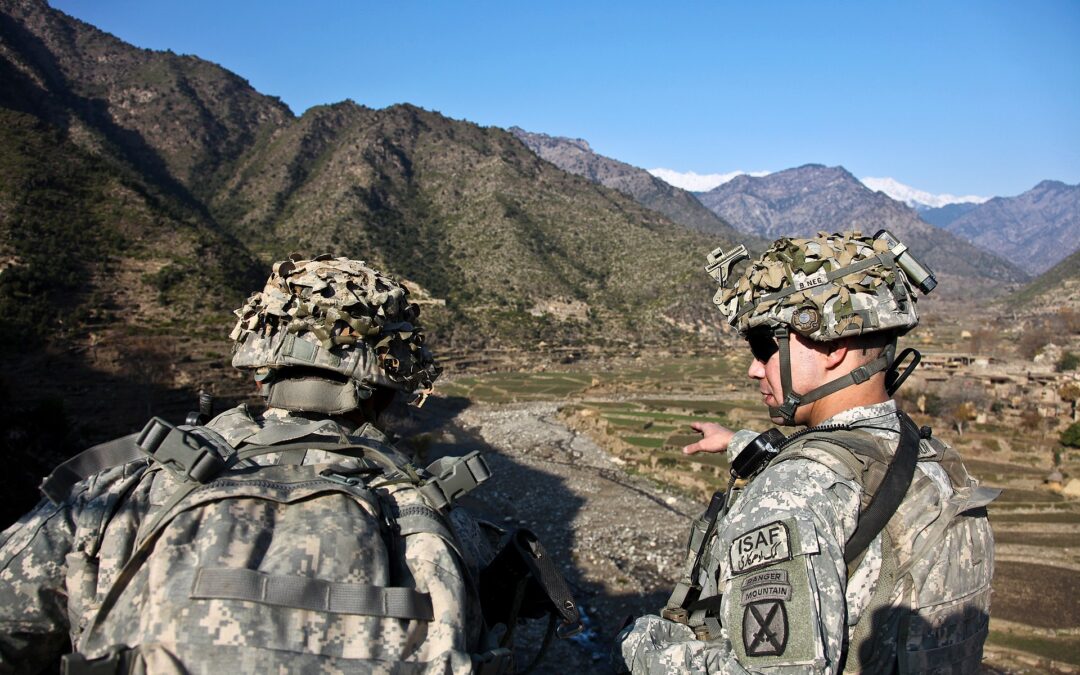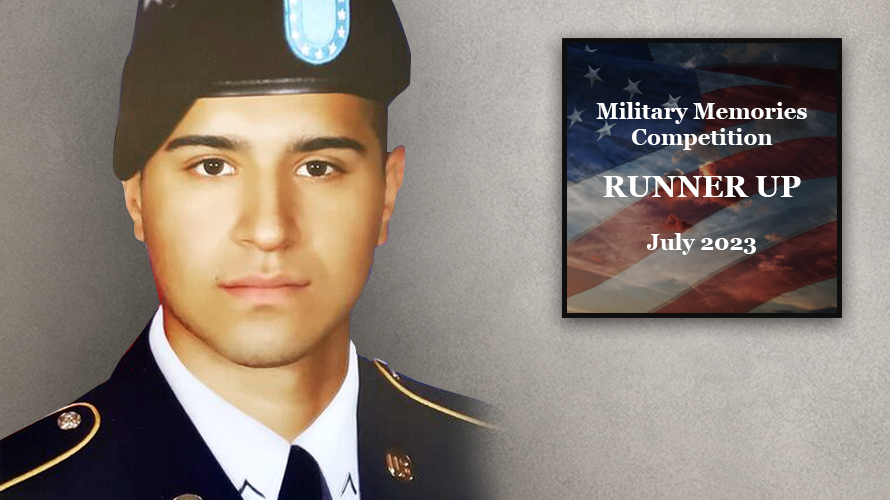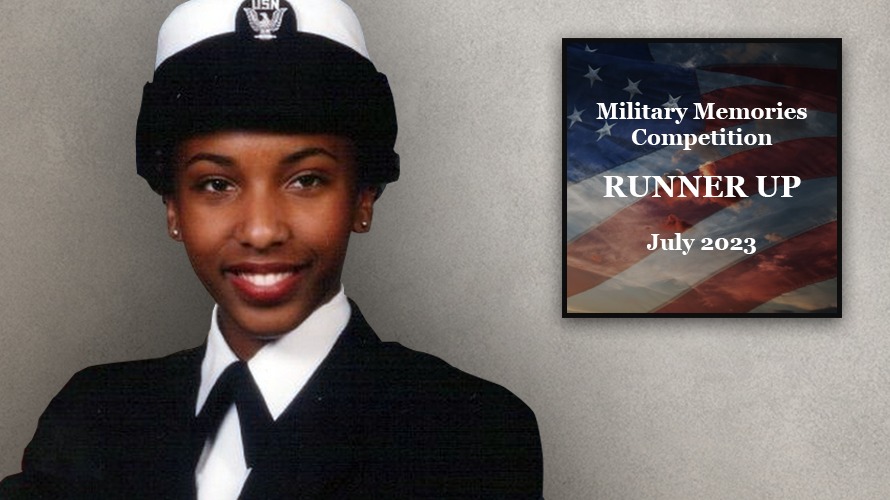Alwyn Cashe personified everything the U.S. Army could possibly want in a Soldier. He was calm, cool, collected, and dedicated not just to the mission. He was dedicated to his men. That dedication would ultimately result in Sgt. Cashe gave up his life to save six others. The Heroism of Sgt. Alwyn Cashe: Dedication Beyond Duty Cashe was born into a poor family in Oviedo, Florida, in 1970. He joined the U.S. Army 1989 as a Supply Specialist, but by 1993, he was retrained as an infantryman. He served in the Army as a squad leader, a Drill Sergeant, and, ultimately, a Platoon Sergeant. His career included deployments in the 1991 Gulf War, the former Yugoslavia, and the 2003 U.S.-led invasion of Iraq. But his second deployment to Iraq in 2005 would forever cement his legacy. On October 17, 2005, Cashe was deployed to Salah Ad Din Province, Iraq, with the U.S. Army's 3rd Brigade, 3rd Infantry Division. While on a nighttime mounted patrol near Samarra, his Bradley Fighting Vehicle was hit...











